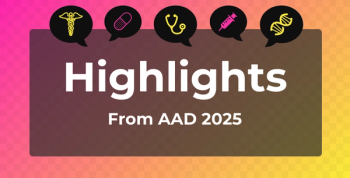
Revisiting the Integrated Delivery Network Model
The idea behind an integrated delivery network (IDN)-a concept that was developed in the 1980s and widely implemented in the 1990s-is that a network of facilities and providers can work together to offer a continuum of care in a particular geographic area. Although the concept was one that initially drew praise, the implementation of this type of system did not gain momentum from the onset. However, as time has elapsed, advancements have made this model worth revisiting.
The idea behind an integrated delivery network (IDN)—a concept that was developed in the 1980s and widely implemented in the 1990s—is that a network of facilities and providers can work together to offer a continuum of care in a particular geographic area. Although the concept was one that initially drew praise, the implementation of this type of system did not gain momentum from the onset. However, as time has elapsed, advancements have made this model worth revisiting.
Although some IDNs still exist today, the concept never seemed to fully take off.
One organization that has utilized the information at hand to implement a new-age IDN is
"We have to do all the right things - but we have to do those right things at a responsible cost," said Dr Pecora. "We have spent the last 30 to 40 years learning how better to treat cancer patients - and now we can do it. When I think that in the future patients might not be able to afford it, it makes my skin crawl."
Will this signify a revival in the utilization of IDNs to get patients better and more affordable access to care? It’s too early to tell. However, given the advancements in the past 30 years, an old idea may be receiving new life.
If you are interested in learning more about IDNs and best practices for leveraging this type of system,
Around the Web
Newsletter
Stay ahead of policy, cost, and value—subscribe to AJMC for expert insights at the intersection of clinical care and health economics.







































